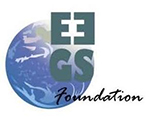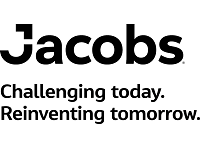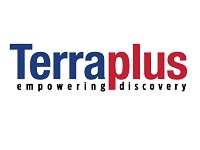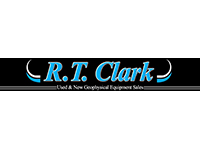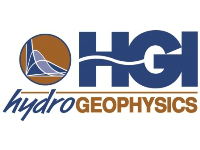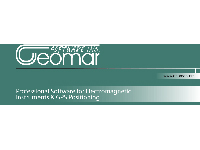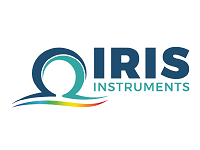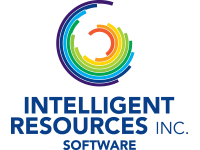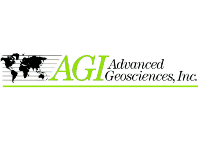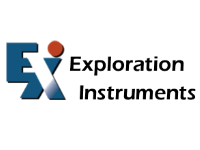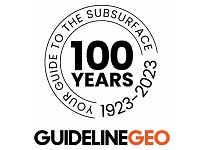- Home
- About Us
- GAINS
- News/TAG Webinars
- Membership
- Annual Meeting/SAGEEP
- SAGEEP 2026
- SAGEEP 2025
- SAGEEP 2025-Munitions Response Meeting Abstracts/Sessions
- SAGEEP 2025-MRM Exhibiting/Sponsorship Opportunities
- SAGEEP 2025-MRM Accommodations
- SAGEEP 2025-MRM Registration Information
- SAGEEP 2025-MRM Program
- SAGEEP 2025-Munitions Response Meeting Short Courses
- SAGEEP 2025/MRM Luncheons/Conference Events/Activities
- SAGEEP 2024
- SAGEEP 2023
- SAGEEP 2022
- SAGEEP 2021
- SAGEEP 2020 Exhibiting/Sponsorship
- SAGEEP-2019
- SAGEEP 2019 Exhibiting/Sponsorship
- SAGEEP 2018
- SAGEEP 2017
- SAGEEP 2016
- SAGEEP 2015
- Proceedings SAGEEP 2024
- Proceedings SAGEEP 2023
- Proceedings SAGEEP 2022
- Proceedings SAGEEP 2018
- Proceedings SAGEEP 2025
- Publications & Merchandise
SAGEEP 2024 Short CoursesSunday March 24, 2024Please Note: When registering for Short Courses, be aware that you can only sign up for one Short Course on Sunday and 1 Short Course on Thursday since Short Courses on the same day run simultaneously. SC-1: A one-day intro to the transient electromagnetic method (TEM) for mapping of the shallow geology, overview of theory and applications. Course Description: Description: Transient Electromagnetic (TEM) is not a new geophysical method but it has not really gained as much attention as other methods like imaging with multielectrode systems or ground conductivity meters. The reason is probably that both the instruments and the interpretation software has been hard to use and very expensive. With all the new technology which has reached the world in the last decade this is the past and the method is now fast, easy to use, and instruments have dropped dramatically in price. In this course we will explain how the method works, how measurements are carried out and how they are interpreted. We will focus on imaging of deep laying groundwater and shallow monitoring problems. The course contains the follow blocks: SC-2: From AEM data and boreholes to geologic models. Workflow and examples. Geological models can be made in different ways and for different purposes. This course focuses on geologic models in the context of groundwater management (hydrostratigraphic models). Huge amount of money is spent collecting data over time. Often data are stored in many different places, digital as well as analogue, or in file formats proprietary for specific software programs. A good data hygiene is important for future use of these data. Keywords: Geologic models, aquifer mapping, isopach maps, profiles, volume calculations, recharge areas, data types and uncertainties. Thursday, March 28, 2024SC3: RES2DInv and RES3DInv Resistivity and Induced Polarization Course Description: Join us in this instructor-led course to learn a comprehensive workflow for induced polarization and resistivity in RES2DINV and RES3DINV. This course uses hands-on activities to demonstrate importing data, removal of bad data points, data inversion, model discretization, damping/smoothing settings and creating pseudo sections. Participants will also take away an overview of current best practices for resistivity and IP surveys. What will the course cover?
SC-4: Electrical Resistivity Imaging for waterborne applications CANCELLED Course Description: Electrical resistivity imaging (ERI) is one of the most commonly used field geophysical methods on land applications. Waterborne applications, especially for shallow surveys, are not very common. With this course we would like to highlight the potential that exists for waterborne ERI applications, show the advantages it can offer, and discuss shortcomings. We will offer a comprehensive course, with a short introduction on ERI, followed by survey design and data processing specialized for waterborne surveys. While not strictly required, having a Windows based pc is highly recommended for the hands-on component of the course. We will issue short course licenses for the use of proprietary software (Aarhus workbench – Towed ERT module); open source software (ResIPy) will also be used The course will feature the following topics:
|

